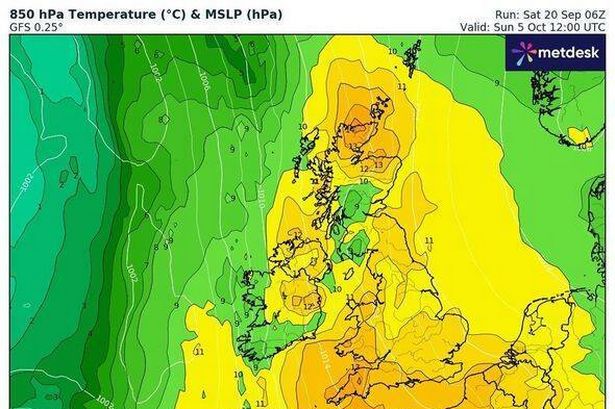Understanding Indian Summer and Its Impact on UK Weather

Introduction
As autumn approaches, discussions around an ‘Indian summer’ become increasingly relevant in the UK. This term refers to a period of unseasonably warm weather that often occurs in late September or October, much to the delight of those seeking to enjoy the last remnants of summer before the chill of winter sets in. Understanding the implications of Indian summer, including its causes and effects on UK weather patterns, becomes crucial for residents and visitors alike.
What is an Indian Summer?
An Indian summer typically describes a spell of warm, dry weather that follows the first frost. In the UK, this phenomenon can manifest as unseasonably high temperatures, often reaching above 20 degrees Celsius. While these warm snaps are not guaranteed every year, when they do occur, they are noteworthy events that can influence both nature and daily life.
Current Weather Patterns and Predictions
This year, the UK is currently experiencing a robust Indian summer, with weather forecasts indicating temperatures soaring to 24 degrees Celsius across various regions, including London and the South East. According to the Met Office, factors such as high-pressure systems and a shift in wind patterns have contributed to this warm spell. Residents are encouraged to take advantage of the pleasant weather while they can, as forecasts predict a significant drop in temperatures as October progresses.
Impacts on Daily Life and the Environment
An Indian summer can have various effects on daily life in the UK. For many, it provides an opportunity to extend outdoor activities, from late-season picnics to autumnal festivals. Gardeners benefit as well; the warm weather allows for extended growing seasons, with some plants thriving long after they typically would. Conversely, the mild temperatures might disrupt the natural seasonal rhythm, affecting wildlife and potentially leading to mismatches in seasonal adaptations among various species.
Conclusion
The presence of an Indian summer in the UK highlights the complexity and variability of weather, illustrating how unique climatic phenomena can enrich seasonal experiences for the populace. As the effects of climate change continue to evolve, patterns like this may become more common, leading to new considerations and adaptations for residents. Observing the coming weeks will be essential as forecasts suggest an impending transition to cooler, traditional autumn weather.









